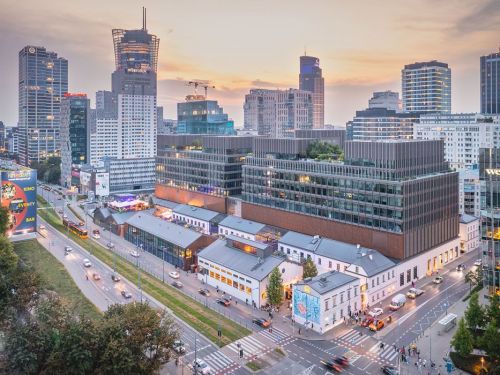In January indexes across the world dived, with the deepest, double-digit decreases occurring on the stock exchanges in Turkey and Russia. In spite of this the prospects for the global economy have been improving: 2013 was not a bad year for the eurozone (with average GDP at the same level as in 2012), as well as for the US and China. At the same time, low inflation has made it possible for central banks to keep the cost of money down, thus feeding the bull markets in New York, Frankfurt and Tokyo. This, when combined with the longing for an end to the six-year-old crisis, has also encouraged more optimistic forecasts for 2014. The US economy is expected to expand at a rate of nearly 3 pct, Germany at 1.6 pct (compared to 0.4 pct in 2013) and Japan at almost 2 pct. The health of the Chinese economy is not raising the same concerns as it was only a few months ago. In 2013 its growth amounted to 7.6 pct and is now expected to stay at a level of 7 to 8 pct over the next few years. In the






























































